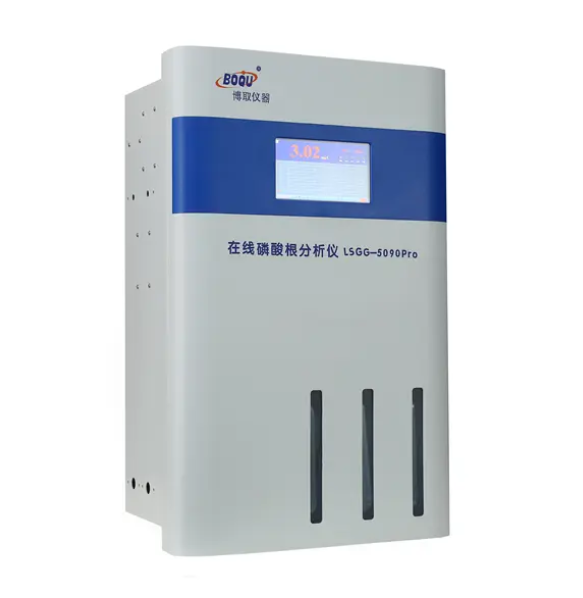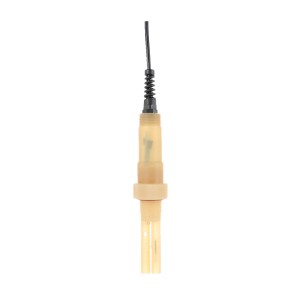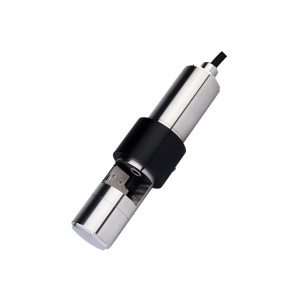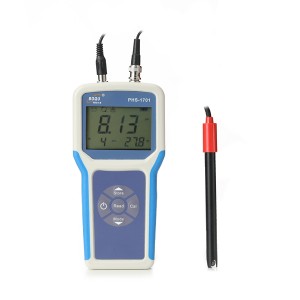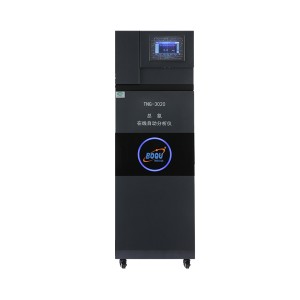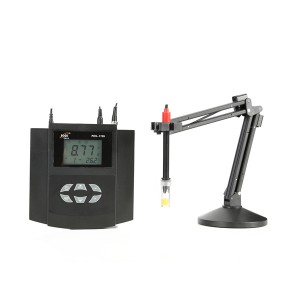The phosphorus level in wastewater can be measured by using a phosphate analyzer and it is very important to wastewater treatment. Wastewater treatment is a crucial process for industries that generate large quantities of wastewater.
Many industries such as food and beverage, chemical processing, and pharmaceuticals require wastewater treatment to comply with regulatory requirements and maintain the environmental sustainability.
However, the wastewater treatment process can be complex and costly. One tool that can simplify the process is a phosphate analyzer. In this article, we will explore how a phosphate analyzer can simplify wastewater treatment.
What is a Phosphate Analyzer?
A phosphate analyzer is an instrument used to measure the concentration of phosphate in a water sample. Phosphate is a common pollutant in wastewater and can cause eutrophication, a process that leads to excessive algae growth and depletion of oxygen levels in the water.
Phosphate analyzers measure the amount of phosphate in the water and can help identify the source of the pollution. In addition, they can help determine the concentration level of phosphate in a water sample and whether it needs to be treated.
Why Should I Use a Phosphate Analyzer?
A phosphate analyzer can be used to identify the source of pollution in wastewater. In most cases, this will mean identifying whether or not there is an excess amount of phosphates in the water. If there is, then you will know that you need to treat your wastewater before discharging it into nature.
How Does a Phosphate Analyzer Work?
Phosphate analyzers use different techniques to measure the concentration of phosphate in water.
- Colorimetry:
One common technique is colorimetry, where a reagent is added to the water sample, and the color change is measured using a photometer.
- Ion-selective electrode:
Another technique is ion-selective electrode (ISE) measurement, where an electrode is used to measure the concentration of phosphate ions in the water.
BOQU’s Industrial Phosphate Analyzer:
Take BOQU’s Industrial Phosphate Analyzer as an example, it uses special air rabbling and optoelectronics examination techniques. These techniques allow the BOQU Industrial Phosphate Analyzer to quickly and accurately measure the concentration of phosphate in water.
The analyzer adopts optoelectronics examination and chart text display, which makes the chemical reaction quick and the measurement accuracy outstanding.
Phosphate analyzers can be automated and integrated into the wastewater treatment process. The analyzer can be programmed to take water samples at regular intervals and measure the phosphate concentration.
The data collected can be used to adjust the treatment process and ensure that the phosphate concentration is within regulatory limits.
Why Is Phosphate Monitoring Important in Wastewater Treatment?
Phosphate monitoring is important in wastewater treatment for several reasons.
- Firstly, excessive phosphate levels in wastewater can lead to eutrophication, which can have adverse effects on aquatic life and the environment.
- Secondly, phosphate can cause scaling and fouling in pipes and equipment, leading to decreased efficiency and increased maintenance costs.
- Thirdly, phosphate can interfere with the chemical treatment process, reducing the effectiveness of the treatment.
By monitoring phosphate levels in wastewater, the treatment process can be optimized to remove phosphate effectively. The data collected by the phosphate analyzer can be used to adjust the chemical dosing and ensure that the phosphate levels are within regulatory limits.
This can help industries avoid fines for non-compliance and improve their environmental sustainability.
Advantages of Using a Phosphate Analyzer in Wastewater Treatment:
There are several advantages to using a phosphate analyzer in wastewater treatment.
- Firstly, the analyzer can provide real-time data on phosphate levels in the water, allowing for immediate adjustments to the treatment process. This can help reduce treatment costs and improve efficiency.
- Secondly, the analyzer can be automated, reducing the need for manual sampling and analysis. This can save time and reduce the risk of errors in the data. Automated analyzers can also be integrated into the control system, allowing for remote monitoring and control of the treatment process.
- Thirdly, the analyzer can help identify the source of phosphate pollution in wastewater. This can be useful in identifying areas for improvement in the production process and reducing the amount of phosphate that enters the wastewater stream.
Fourthly, by monitoring phosphate levels, the treatment process can be optimized to reduce the number of chemicals needed for treatment. This can reduce chemical costs and improve environmental sustainability.
Overall, using a phosphate analyzer in wastewater treatment can simplify the process, reduce costs, and improve environmental sustainability.
Choosing the Right Phosphate Analyzer:
When selecting a phosphate analyzer, there are several factors to consider, including:
Measurement range:
The measurement range of the analyzer should match the expected phosphate concentrations in the wastewater. Some analyzers have a wider measurement range than others, which can be useful for different applications.
Accuracy:
The accuracy of the analyzer is important to ensure that the data collected is reliable. The accuracy of the analyzer can depend on the measurement technique used, as well as the calibration and maintenance of the instrument.
Response time:
The response time of the analyzer is important for real-time monitoring and control of the treatment process. Some analyzers have a faster response time than others, which can be important for applications where rapid adjustments to the treatment process are required.
Ease of use:
The analyzer should be easy to use and maintain, with clear instructions and minimal calibration requirements. Some analyzers are more user-friendly than others, which can be important for applications where the operator may have limited technical expertise.
Cost:
The cost of the analyzer should be considered in relation to the expected benefits and savings from using the instrument. Some analyzers may be more expensive than others but may provide greater accuracy, faster response times, and longer-term cost savings.
By considering these factors, industries can select the right phosphate analyzer for their specific application and optimize their wastewater treatment process.
Final words:
In conclusion, using a phosphate analyzer in wastewater treatment can simplify the process, reduce costs, and improve environmental sustainability.
By monitoring phosphate levels in the water, the treatment process can be optimized to remove phosphate effectively, reduce chemical costs, and avoid fines for non-compliance.
When selecting a phosphate analyzer, industries should consider many factors such as measurement range and accuracy. As a professional manufacturer, BOQU can bring you some better phosphate analyzers!
Post time: Apr-25-2023

